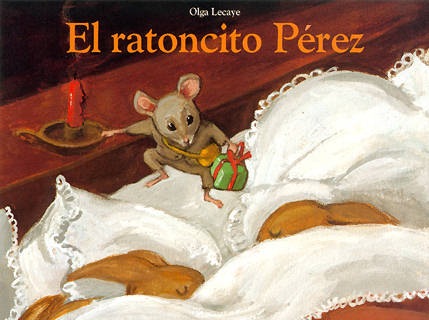Joanne Hornby did some fabulous work on this last year in Spanish with her beginner language leaners.
Not long ago I put together People Pillar Portrait Poems as an opportunity to describe superheores etc
Look what I found yesterday in Dunelm Mill- whilst actually looking for new pillows!
It gave me an idea! Why not create Superhero AfL boxes! A really simple idea but could be very effective and an idea that could run through the year.
Superhero communication powers
- Discuss superhero "powers " with the class
- Talk about how some superheroes can have super powers of communication
- Suggest that the language learning taking place in your class is allowing your young learners to develop the superhero power of communication.Some of your class may already have these super powers! (Think about your learners working with EAL)
- Talk about the powers of memory , recognition , listening and reading comprehension, pronunciation, writing in a target language.
- Share with the class your super hero powers' box.This is a blank box and it needs decorating.It needs a postbox opening on it and a lid that can lift off - or you can use one like the box I found in Dunelm Mill! The children are going to help you decorate the box.They need to take one of the superhero communication powers and make a symbol for this super power.All they need to do is to glue their symbol to the box!
- Create with the class superhero pictures - small drawn pictures of the face or figure of their favourite superheroes -one per child with their favourite superhero on the photo and a target language greeting written in a speech bubble next to the character.
- They need to add the target language name phrase for themselves under the picture.You could let the children to add a superhero surname too e.g je m'appelle Madie Smith Catwoman"
- Collect in the drawings. Glue each drawing to the left hand side of A4 paper.One picture below another. You will now have a left hand side list of pictures.
- Now you can now keep these sheets to create superhero message strips when needed.One per child when you want the children to think about which "super powers of communication that they are getting better at and which super power they feel they still need to improve.
- Each child is given a strip of paper with their own picture and phrase on it.They are going bto write their message back to you on this strip of paper and post it in the super power box.
- Discuss with the children what types of language super powers you are developing with the class at the moment - remembering(memory), saying accurately (pronunciation),reading carefully (recognising),etc
- Can the children on their individual strips of paper write a super power message to you about what a language learning skill(super power) they think they are developing well and a language learning skill (super power) from your list that they want to get better at.
- All they have to do is date the strip of paper and post it in your super hero box when they have finished.
- You can look at the strips of paper as a class and ask a child to share what helps them have a "good" super power in a skill or you can look at the strips away from the class and see what your next steps as the teacher should be.
- The super power message strips can be glued in individual record books at a later date too as an informal skills progress record










































